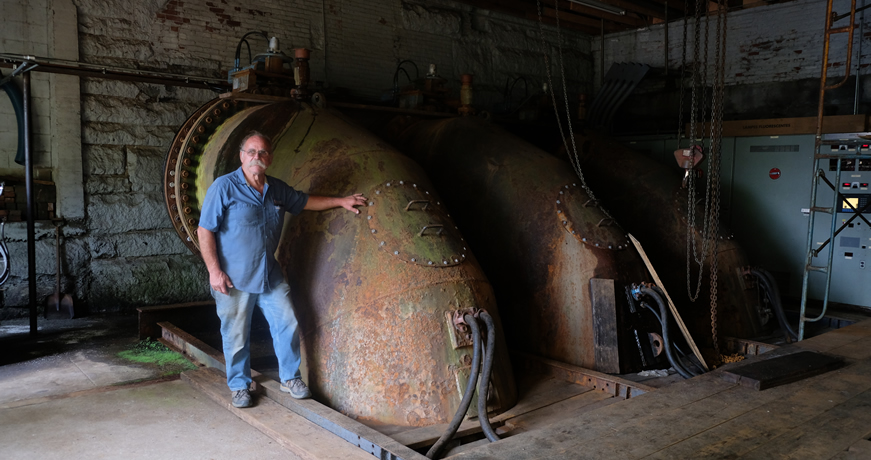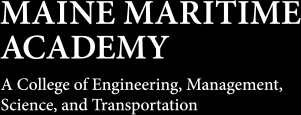Power in Perseverance
John Webster ’73 brings old hydro power stations back online, but he has his eye on Costa Rican gold.
When I attended MMA, I was young and didn’t understand what all the discipline was about. It wasn’t a pleasant experience.
Once I graduated and started working on ships, things made more sense.
After graduation, I worked for Gulf Oil Corp. for 10 years, sailing as an engineer on oil tankers. I worked on old T-2 tankers and modern VLCC crude carriers. I enjoyed my time with Gulf Oil, but being gone six months out of the year is hard if you want a stable married life with a family.
I was inspired to try something new when I read an article in Down East magazine about a fellow, Larry Gleeson, from Belfast, Maine, who was rebuilding an old hydroelectric station. Because of my engineering background, I understood a lot about what was involved.
My first station was inactive in 1983, when I rebuilt it in Dover, New Hampshire, five miles from my home in South Berwick, Maine.
It was a $1 million construction project, and my parents thought I was nuts. Where would I ever get that kind of money?
I got all the permits, designed the project, and my brother and I, along with a few others, built the project in six months. It has three submersible turbine/generator units that generate 240 kilowatt-hours each. (An average home uses between 500-1,000 kWh hours per month.)

John Webster ’73
I had a basket full of problems I had to overcome, but I stuck to it and saw it to a successful finish.
Once I did one project, the learning curve was pretty much established. I’m not one to sit around, so I had to find more projects to do. I built six projects for myself with total installed capacity of six megawatts. There are four in New Hampshire, one in New York, and one in Maine.
Typically, power is sold to the local utility. You have a meter almost exactly like the one on the side of your home, and this registers the electricity sold into the grid.
Recently, my attention has turned to a partnership running a gold mine in Costa Rica. I was introduced to it by a Canadian running a gold mine in Nicaragua who wanted me to build him a hydro plant.
It’s a “hard rock” mine, unlike the free gold seen on the TV gold shows, where the gold is in the river bed. Our mine excavates ore, crushes it, and treats it with chemicals to recover the gold. We’re going to process 200 tons of gold a day. We have an estimated mine life of 10 years, but we know there is much more than 10 years where we are.
In two years I’ll be 70 and the gold mine should be making a good profit. I’m going to sell my hydro assets and spend the winters in Costa Rica at the mine.
I’m also going to attempt to hike the entire length of the Appalachian Trail, Georgia to Maine, in one six-month trek.
My best advice for MMA students? Study hard, work hard, and anything you put your mind to is possible. Don’t worry about making mistakes—everyone does.
The best advice I’ve received was from my father: “Anyone can quit. Quitting is easy. Perseverance is hard.”█
—By John Webster ’73
Photos: Billy Sims




Post Comment
Comments are moderated and will be reviewed prior to posting online. Please be aware that when you submit a comment, you agree to the following rules:
Maine Maritime Academy reserves the right to delete any comment that does not comply with these guidelines and is not responsible or liable in any way for comments posted by its users. If you have a message for the editor, please email mariner@mma.edu.
Class Notes
View All >Read More